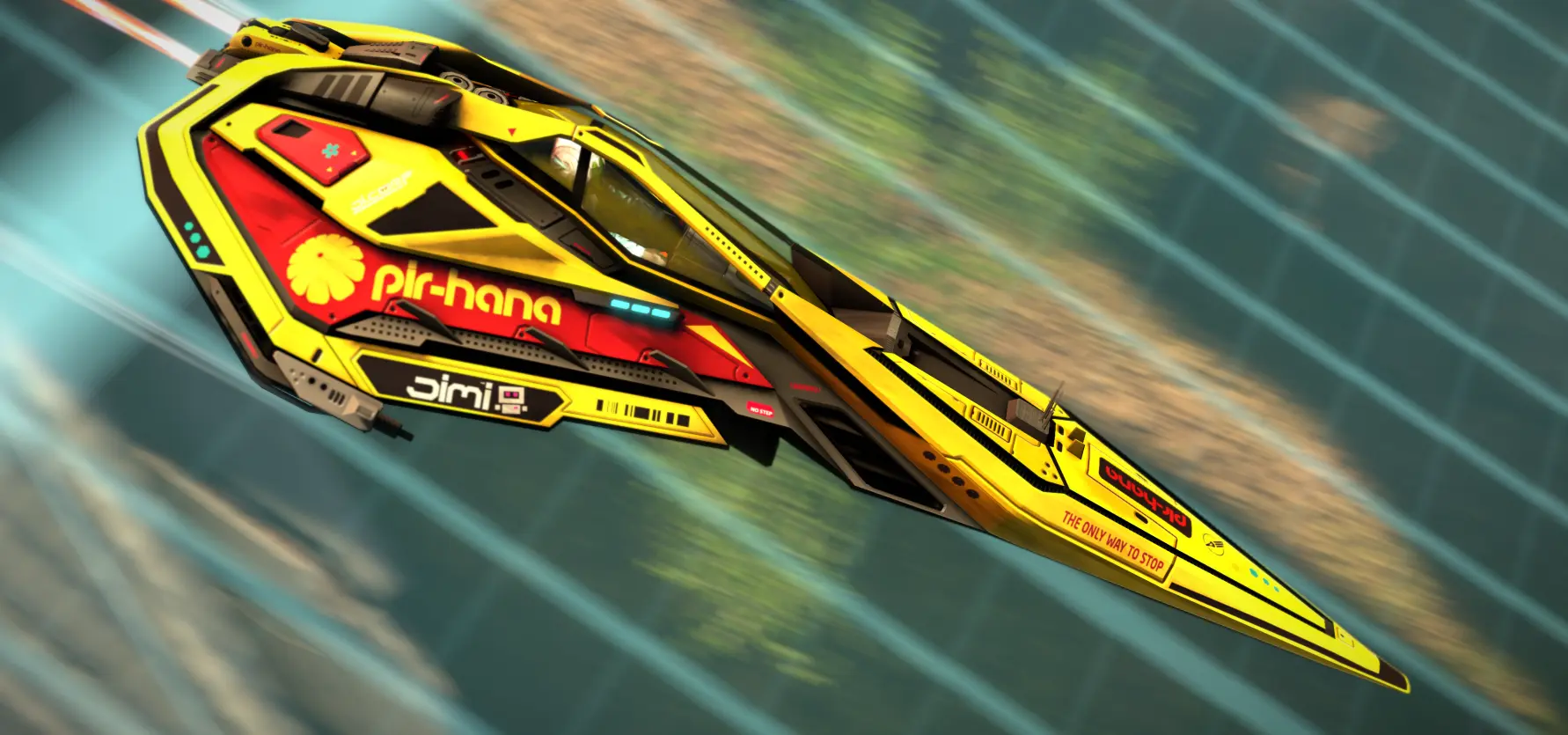

No.
Getting sick without already being immune leaves your body trying to speed-run anti-body development, while ALSO fighting the disease using more basic physiological responses.
And even with anti-bodies, you’re not actually impervious. You can still get sick with diseases you’re “immune” to, as even deployment of disease-specific anti-bodies is a complex biological process that can go wrong, come too late, or not be enough.
Given time, a person can develop “immunity” against a lot of stuff, but that still doesn’t mean every cell in your body is then changed in a way where that pathogen just bounces off.
You see this most recently with Covid, as people who are vaccinated still get infections, but unlike with unvaccinated people, the body fights it off in a couple days, rather than a few weeks.
But it does still takes those couple days for the latent immunity to kick in, and for the body to deploy that defense.
Another person already commented on how different components of the immune system respond differently, and might even be what kills you faster than the disease.









A modern compound bow will fire the arrow in a straight line, directly forwards, as the bow will have a section that allows the arrow to be shot through the space that would be occupied by the stave on a traditional bow. While the bow must obviously be gripped in line with the tension, the rest of the center section is offset to allow the archer to both shoot and sight directly along the line the arrow will travel.
How much firing then causes the arrow to bend would depend entirely on the stiffness of the arrow, but the resulting total energy being imparted is not going to be different just because the acceleration curve is different. If the arrow bends, then yes, you’d lose some energy to that.
But if anything, starting off slow and then accelerating harder as you go is the gentler and more efficient acceleration curve when accounting for that.